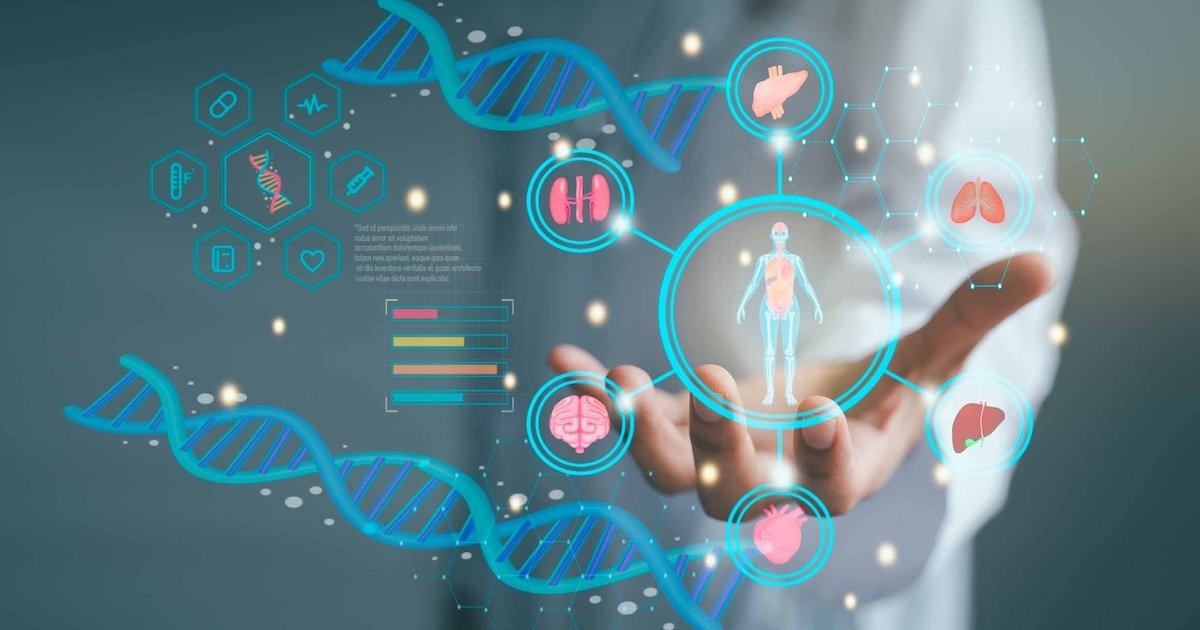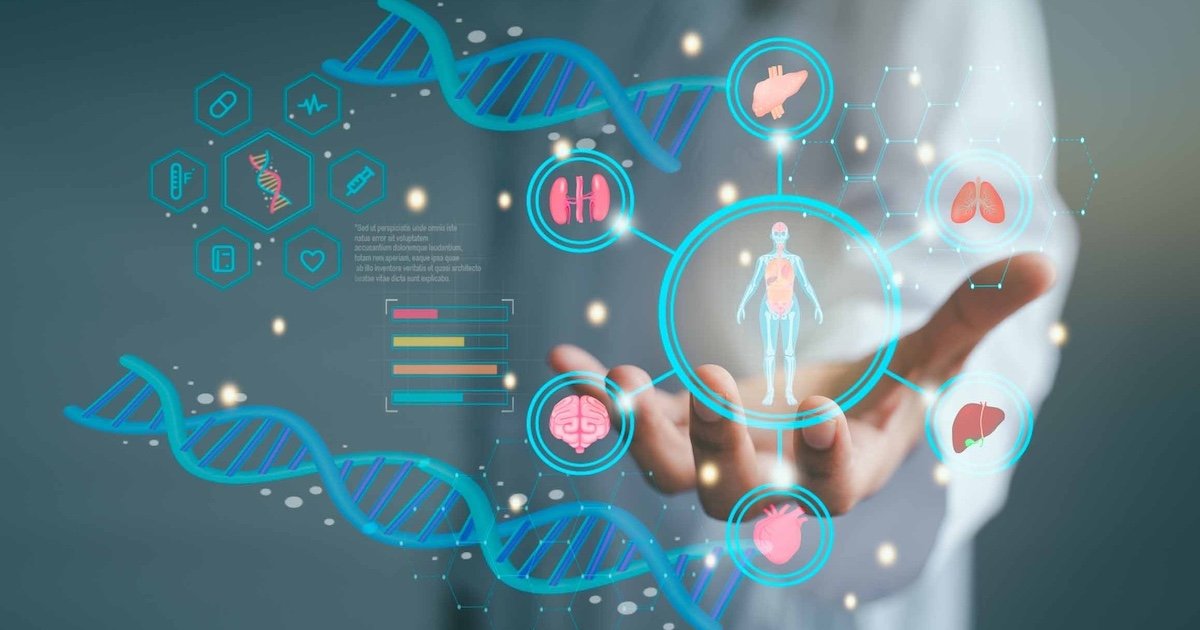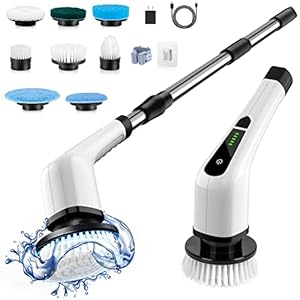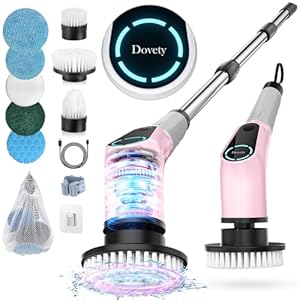

That is half one in every of MobiHealthNews’ two-part collection that can spotlight the evolution of improvements that modified healthcare over the previous a number of many years.
Prior to now 30 years, the function of expertise in healthcare has been breathtaking in its scope and impression. 1000’s of technological advances, from digital well being data (EHRs) to wearables, have revolutionized drugs and healthcare.
A handful of these applied sciences have remodeled the best way medical doctors, nurses and pharmacists strategy their work by making it extra environment friendly and fewer time-consuming.
Partly one, MobiHealthNews examines barcoding, EHRs and good IV pumps.
The protection ecosystem
Robert Havasy, senior director of informatics technique for HIMSS, informed MobiHealthNews that applied sciences like barcode remedy administration, good IV pumps and meting out cupboards, robotic-assisted surgical procedure, EHRs, good shows, wearables and AI-driven imaging have all helped scale back errors and enhance real-time determination assist on the bedside.
“However they’re just one layer of a a lot bigger security ecosystem,” Havasy informed MobiHealthNews.
“Actually lasting enhancements in affected person security rely upon rigorous system and course of design, a safety-oriented tradition and human-centered workflows lengthy earlier than a affected person arrives in a weak state,” he stated. “These applied sciences match effectively because the final hyperlink in a sequence of thoughtfully designed processes enacted by attentive clinicians.”
Barcodes
One of many earliest barcode remedy administration (BCMA) programs was developed in 1995 on the VA Medical Center in Topeka, Kansas, and launched nationwide in 2000.
The FDA now requires all drugs to have barcodes. The goal is to assist scale back the variety of remedy errors in hospitals and different healthcare settings by permitting care professionals to make use of barcode scanning to confirm that the proper drug, within the proper dose, by the proper route of administration is given to the proper affected person on the right time. The apply is dubbed The 5 Rights.
In line with a 2018 examine within the Journal of Healthcare Information Management and revealed in a Leapfrog Group report, BCMA is related to decreasing remedy administration errors by as much as 93%.
Oriana Beaudet, vp of innovation on the American Nurses Enterprise (ANE), an umbrella group of the American Nurses Affiliation, says The 5 Rights are key to the remedy supply course of.
“Barcodes have modified the remedy supply course of particularly when they’re linked to the EHR. Barcodes assist lower the chance for the clinician to make a mistake, and so they assist guarantee that the care that’s being delivered to a person is correct,” Beaudet informed MobiHealthNews.
Because the introduction of barcodes into the hospital setting, their impression on affected person security has been consequential.
“As soon as the drug will get scanned and the nurse provides the inexperienced mild, meaning the drug is able to go and the affected person will get the administration,” Scott Anderson, director of member relations for the part of pharmacy informatics and expertise on the American Society of Well being System Pharmacists (ASHP), informed MobiHealthNews.
“If the flawed factor is scanned, an alert will pop up on the display screen telling the nurse that is the flawed product or the dose you scanned is twice as sturdy as what it must be,” Anderson stated.
Rita Jew, president of the Institute for Protected Treatment Practices, informed MobiHealthNews that barcode scanning in administration has prevented many errors.
“Barcodes make it simpler for folks to do the fitting factor and tough for folks to do the flawed factor,” Jew stated.
Digital well being data
It is arduous to measure the impression of digital well being data, also referred to as digital medical data, on healthcare.
In line with the National Institutes of Health, correctly carried out EHR programs can enhance healthcare high quality, improve time effectivity and guideline adherence, and scale back remedy errors and adversarial drug occasions.
Whereas EHRs look like a comparatively new expertise, they’ve been round for some time.
ANE’s Beaudet says homegrown variations of EHRs – designed initially for paperwork workflows, not medical workflows – existed earlier than widespread adoption.
Though a couple of well-established, large-scale distributors dominate the market, there are additionally custom-made boutique EHR distributors.
“We’re seeing a resurgence of boutique startups. There are a variety of alternatives as we transfer into the long run with EHRs to maneuver from information storage to evaluation,” Beaudet stated.
EHRs have influenced the best way well being system pharmacists work.
“Earlier than EHRs have been commonplace, one of many foremost roles of a pharmacist was to take paper orders, course of them and ship the medicine as much as the ground,” stated ASHP’s Anderson. “That was a course of fraught with error – handwriting points and dose modifications that do not get captured straight away.”
As soon as pharmacists might course of orders within the EHR, accuracy, security and effectivity considerably improved.
“It made it the place the pharmacist was not simply transcribiing orders from one factor to the subsequent, they have been truly in a position to do extra medical evaluation. That began the catalyst of a pharmacist being extra of a clinical-minded supplier,” Anderson stated.
Due to EHRs, pharmacists now not simply dispense medicine; they evaluation affected person remedy profiles and examine them with lab values and different information within the chart.
“It has made an enormous distinction within the paradigm. How a pharmacist operates is totally completely different now due to what the EHR has been in a position to do for us,” Anderson stated.
That paradigm shift has additionally benefited sufferers as a result of there’s now one other set of medical eyes. Earlier than EHRs, pharmacists didn’t get in-depth data on sufferers’ drugs.
Sensible IV pumps
Sensible IV pumps have been first used within the mid-Nineteen Nineties however didn’t see widespread use in hospitals till the early 2000s.
It’s estimated that 90% of hospitalized patients obtain IV drugs through infusion pumps.
In line with Karen Giuliano, professor and co-director of the Elaine Marieb Middle for Nursing and Engineering Innovation on the College of Massachusetts Amherst, good IV pumps with built-in dose-error discount programs have turn out to be an ordinary of take care of addressing infusion-related remedy errors for the previous 20 years.
In an article authored by Giuliano and revealed by the Affiliation for the Development of Medical Instrumentation titled, “IV Smart Pumps and Error-Prone Programming Tasks: Comparison of Four Devices,” Giuliano wrote that earlier than the appearance of IV good pumps, programming required customers to calculate the speed of infusion manually after which enter the specified infusion charge into the pump.
“What makes them good is that they’ve an built-in drug library,” Giuliano informed MobiHealthNews. “Earlier than good IV pumps, you used a hand calculator to calculate the doses. There was a variety of alternative for error there.”
For instance, if one will get an order for a blood strain remedy, they’ll go into the drug library, discover the drug and the focus getting used, choose the dosage, and the good pump mechanically calculates the speed.
“Sensible pumps carry out the calculations and have built-in dosing minimums and maximums for added security,” Giuliano stated.
She added that it makes a nurse’s job simpler as they’ll select from a listing that features all accredited medicine and dosing limits.
ASHP’s Anderson stated that interoperability makes good IV pumps significantly efficient.
“It’s a lot more durable to provide a drug that’s not alleged to be given due to what we’re in a position to do now with interoperability. The info stream that the suppliers can see within the chart is so nice. You’ll be able to see when drugs have been truly given, once they have been began and stopped,” he stated.
Quite a few research, together with the landmark 1999 examine, To Err Is Human: Building a Safer Health System by the Institute of Drugs, revealed that hospital deaths happen in healthcare resulting from systemic errors.
“To Err Is Human asserts that the issue isn’t unhealthy folks in healthcare – it’s that good persons are working in unhealthy programs that should be made safer,” the examine’s authors wrote.
The applied sciences above and those who will likely be explored partly two of MobiHealthNews’ collection have remodeled the best way healthcare professionals carry out their work and, subsequently, resulted in improved affected person outcomes.
Half two of our two-part collection will study the impression of automated meting out cupboards on affected person security, how robotic surgical procedure has made surgeons’ job simpler and improved affected person outcomes and their high quality of life, in addition to AI’s impression on the medical sector.
Trending Merchandise











